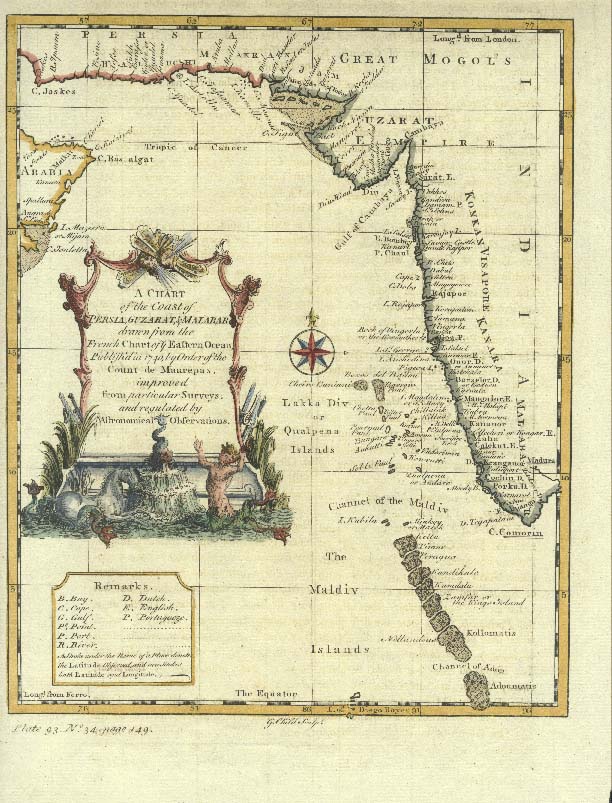On Kiriyathil Nairs and Nair Aristocracy
Posted by Labels: Kiriyam, Kiriyathil, Kiriyattil, Malabar - English period 1800-1900, Nair
The position of Nairs in the caste and ruling structures of
medieval Kerala is a very peculiar one, and this resulted in so many
anthropological studies into it. Volumes have been written by people who
understood it in parts, for decoding the structure and its peculiarities is not
easy. I don’t claim to know even parts of it, but I thought I will cover a
little bit of my gatherings on the specific aspects of Kiriyam and Kiriyathil
nairs here and in particular, as related to Malabar, not Travancore.



